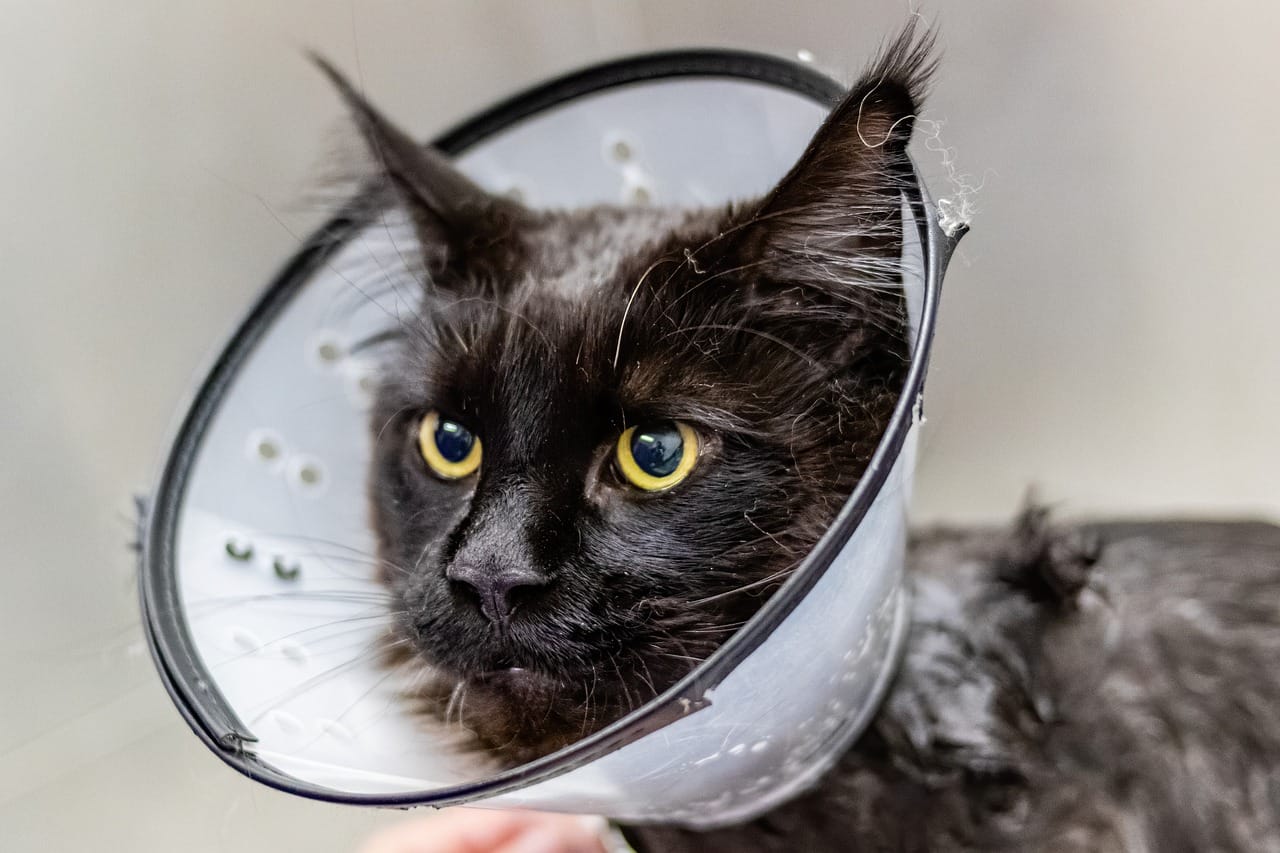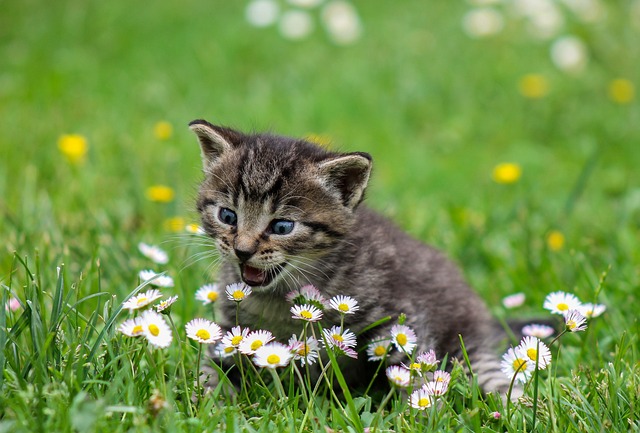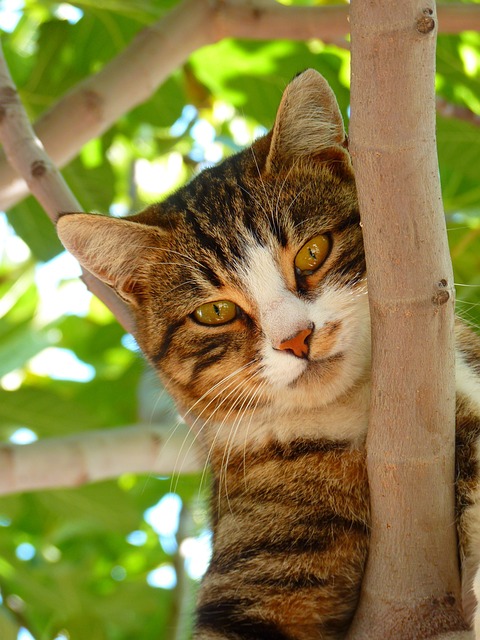As devoted cat owners, ensuring the health and well-being of our feline companions is paramount. In this comprehensive guide, we delve into the top 10 common cat diseases, shedding light on their causes, symptoms, prevention, and treatment options. Let’s embark on this journey to better understand and protect our beloved cats.
I. Feline Respiratory Infections
Feline respiratory infections are prevalent among cats, often caused by viruses like feline herpesvirus and calicivirus. Symptoms include sneezing, nasal discharge, and lethargy. Prevention through vaccination and minimizing stress is key, while treatment options may include supportive care and antiviral medications.
II. Feline Lower Urinary Tract Disease (FLUTD)
FLUTD encompasses various urinary tract disorders affecting cats, characterized by symptoms like frequent urination, blood in urine, and straining to urinate. Contributing factors include diet, stress, and urinary tract abnormalities. Treatment involves dietary modification, increased water intake, and medication.
III. Feline Diabetes
Feline diabetes is a metabolic disorder characterized by high blood sugar levels, often resulting from insulin resistance or insufficient insulin production. Common symptoms include increased thirst, frequent urination, and weight loss. Management involves insulin therapy, dietary changes, and weight management.
IV. Feline Dental Disease
Dental disease is prevalent among cats, leading to issues like gingivitis, periodontal disease, and tooth decay. Preventive dental care, including regular brushing and dental cleanings, is crucial for maintaining oral health. Symptoms of dental disease include bad breath, swollen gums, and difficulty eating.
V. Feline Obesity
Obesity in cats is a growing concern, leading to various health issues such as diabetes, arthritis, and heart disease. Prevention through portion control, balanced diet, and regular exercise is vital. Incorporating interactive toys and feeding puzzles can help promote physical activity and prevent overeating.
VI. Feline Hyperthyroidism
Hyperthyroidism is a common endocrine disorder in older cats, characterized by an overactive thyroid gland. Symptoms include weight loss, increased appetite, and hyperactivity. Treatment options include medication, radioactive iodine therapy, or surgical removal of the thyroid gland.
VII. Feline Kidney Disease
Chronic kidney disease is prevalent in senior cats and can lead to kidney failure if left untreated. Symptoms include increased thirst, weight loss, and vomiting. Management involves dietary modification, fluid therapy, and medication to support kidney function and slow disease progression.
VIII. Feline Leukemia (FeLV) and Feline Immunodeficiency Virus (FIV)
FeLV and FIV are viral diseases that weaken a cat’s immune system, making them susceptible to infections and other diseases. Prevention through vaccination and minimizing exposure to infected cats is crucial. Management focuses on supportive care and monitoring for secondary infections.
IX. Feline Gastrointestinal Disorders
Gastrointestinal disorders in cats encompass a range of conditions like gastritis, inflammatory bowel disease, and pancreatitis. Symptoms include vomiting, diarrhea, and decreased appetite. Treatment involves dietary management, medication, and addressing underlying causes like food allergies or infections.
X. Skin Conditions in Cats
Skin conditions like allergies, dermatitis, and fungal infections are common in cats and can cause discomfort and irritation. Symptoms include itching, hair loss, and skin lesions. Treatment may involve topical medications, dietary changes, and flea control to alleviate symptoms and promote skin health.
Conclusion
As responsible cat owners, it’s imperative to be vigilant about our feline companions’ health. By familiarizing ourselves with the common cat diseases outlined in this guide, we can take proactive measures to safeguard their well-being and ensure they lead happy, healthy lives.






